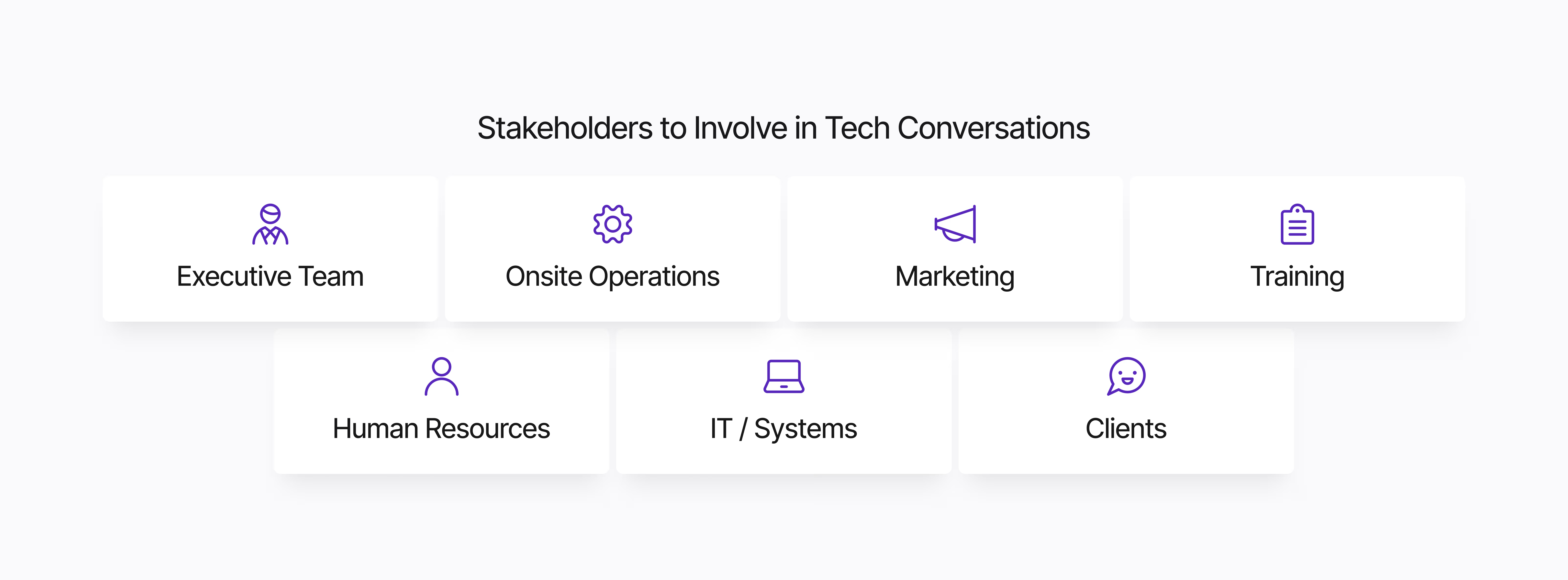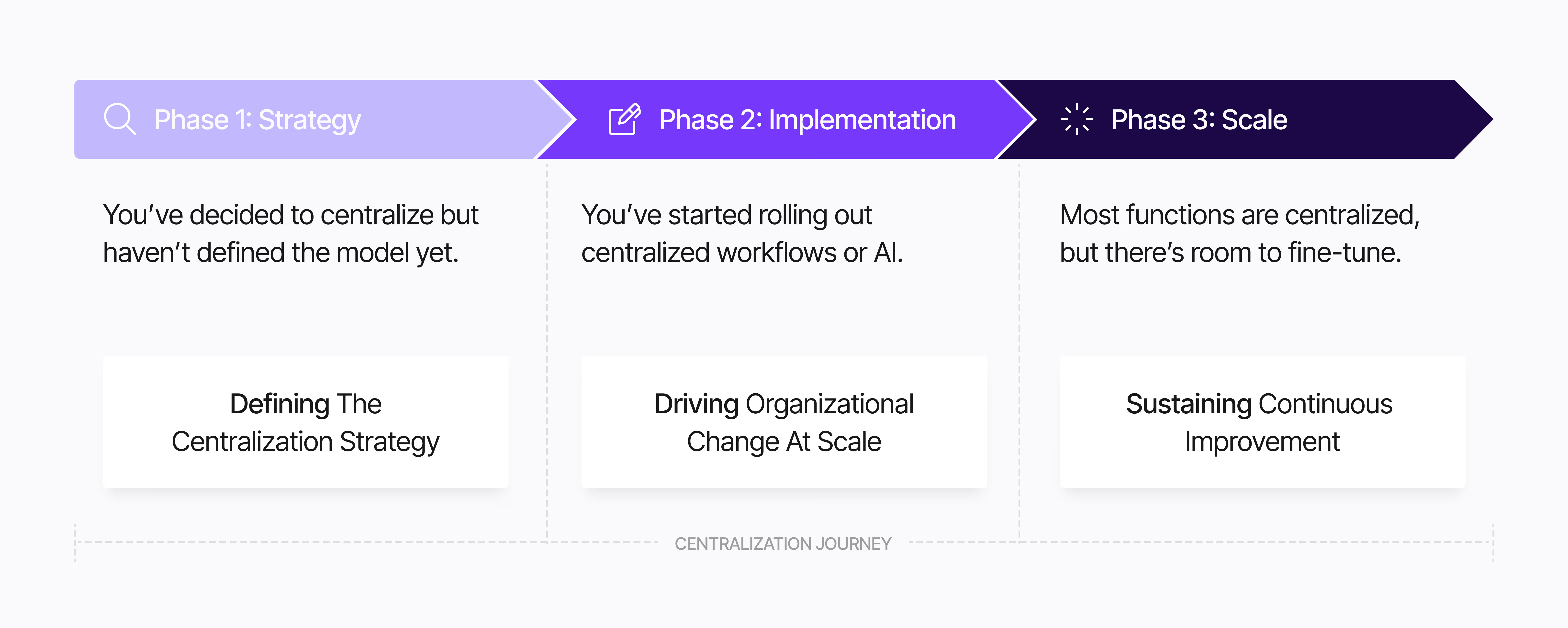It’s no longer about if operators will centralize - it’s about how fast they can do it to remain competitive in an industry under disruption.
That was the energy that defined our kickoff webinar for Season 2 of the Centralization Webinar Series. We’re entering a new era where centralization and AI aren’t just theoretical strategies - they’re becoming the default approach for multifamily operators navigating flat rent growth, rising costs, and tighter margins.
This session was all about setting the foundation. We looked at why the market has shifted, what role automation plays in that shift, and how to take the first steps toward building an operating model that’s faster, leaner, and more resilient.
Here’s what stood out.
.svg)
Takeaway One: Industry Pressures Have Hit a Breaking Point - And Operators Are Responding
If 2023 and 2024 were about testing the waters, 2025 is the year centralization moved into the fast lane.
Rent growth is flat in many markets. Meanwhile, expenses like insurance, payroll, and unit turns keep climbing. That’s a tough combo for operators, especially when property management fees are tied to revenue. Owners want cost reductions, yes - but operators are also feeling the pressure. They need new ways to run leaner while protecting their culture and investing in their teams.

That’s why centralization is no longer just an owner-driven initiative. It’s operator-led.
The first thing I tell clients? Centralization doesn’t have to mean layoffs. It means reallocating talent. Roles like assistant managers - often overloaded with administrative tasks - can be reimagined into centralized specialists with more focused responsibilities and clearer career paths.
👉 If you’re dealing with open roles, high turnover, and stressed teams… this isn’t about cutting. It’s about solving ongoing staffing challenges with a fresh take.
Takeaway Two: Automation Is the Unlock - Not the Endgame
One of the biggest mindset shifts happening in the industry right now is how we think about AI. It’s not here to replace teams. It’s here to reduce the volume of repetitive work that’s currently bogging down onsite staff - so you can restructure who does the work and how they do it.
Think of AI as your volume reducer. It helps cut down on emails, follow-ups, FAQs, rent reminders, work order status check - the kind of tasks that don’t require a person, but still eat up hours of someone’s day. When we combine automation with centralized roles, we create space for better jobs, not just fewer jobs. These new roles are specialized, scalable, and focused on outcomes - something our traditional operating structure wasn’t built to support.
In my previous role, we started with centralizing administrative tasks. At first, it felt like we were carving out a new lane in real-time, much like watching a Formula 1 team develop a new car mid-season. But once the tech and team aligned, the acceleration was undeniable. We weren’t just keeping up - we were outpacing our old model.
Takeaway Three: Centralization Forces You to Rethink More Than Just Staffing

When you start centralizing, you quickly realize it’s not just a staffing decision - it’s a full business transformation.
That starts with your technology stack. One of the most common obstacles I’ve heard throughout my career is, “Our tech stack is too complicated.” And it usually is - because different departments bought tools in isolation. Marketing bought one system, Operations bought another, Accounting added a third, and IT was brought in at the last minute for everything. It’s like binging 4 summer TV series at once!
Centralization gives you a reason (and an excuse) to fix it. It forces cross-functional collaboration: Operations, Marketing, HR, IT, Training, and Executive teams all need to come together to align systems and processes.
And when they do? You unlock smarter workflows, cleaner data, and faster decision-making.
You also need new KPIs and performance metrics. A centralized specialist needs different goals than a traditional onsite team member. You’re no longer measuring who answered the most calls - you’re measuring impact, resolution time, resident satisfaction, and conversion rates across a portfolio.
👉 This isn’t just a staffing play - it’s an organizational alignment play.
Takeaway Four: Centralization Is a Journey - Not a One-Time Shift
One of the most helpful frameworks I’ve seen (and used myself) is the three-phase centralization journey:
- Strategy: Align your goals, define your “why,” and bring the right stakeholders into the room
- Implementation: Launch your first centralized role or AI tool, test workflows, measure performance
- Scale: Expand, optimize, and revisit your approach based on what you’ve learned
The most successful operators build feedback loops into every phase. You’ll learn things. Some of your initial KPIs won’t make sense. You may need to rewrite a job description or rethink how a centralized team interacts with the site. That’s all part of it.

And don’t fall into the trap of thinking this is only for large companies.
We’re seeing smaller operators win in this space because they can move faster. One client recently reduced one onsite team member at each of three nearby properties, added a single centralized specialist in their place, and immediately saw improvements in responsiveness and cost savings.
Size doesn’t determine success. Clarity and courage do.
What’s Next in the Centralization Webinar Series
This session set the stage. In the next webinar, we’ll dive into how operators are redefining roles, especially when AI has already taken over a big chunk of daily work. What’s left for our team members? And how can we design roles that actually fit the future?
We’ll also explore leasing, resident services, maintenance, and change management in the weeks ahead - all leading up to our Centralization Strategy Conference in Dallas on September 25th.
Final Thoughts
When you think about centralization, think beyond cost savings. This is about creating a stronger operating model - one that’s more efficient, more scalable, and more empowering for your teams.
And you don’t have to figure it out alone. That’s why we’re hosting this series. That’s why EliseAI has a full strategy and client services team. And that’s why I’m personally committed to sharing what I’ve learned - so we can all build better together.
The industry’s changing. If you’re ready to start building the next version of your business, we’re ready to help—get in touch with us via the form below.








